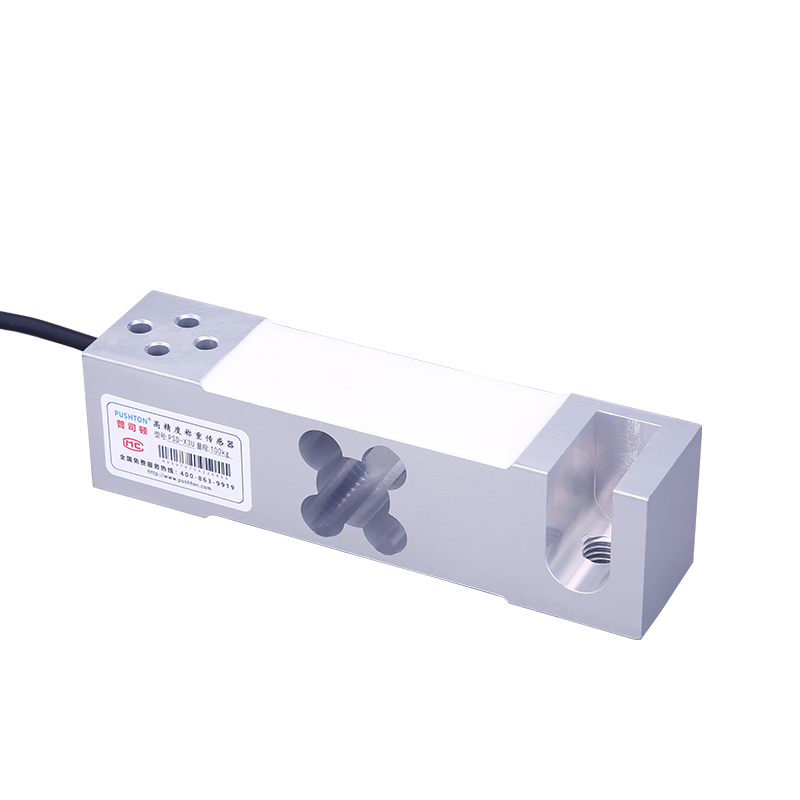Precautions for installing load cells
The mounting surface of the base where the load cell is installed should be smooth and clean, without any oil film, glue film and other debris. The mounting base itself should have sufficient strength and rigidity, which is generally required to be higher than the strength and rigidity of the sensor itself.
The weighing sensor should be handled with care, especially the small-range sensor whose elastomer material is aluminum alloy. Any impact or drop may cause irreparable damage to its measurement performance. For large-capacity load cells, generally speaking, it has a large self-weight, so it is required to use appropriate lifting equipment as much as possible during transportation and installation.
The loading direction of each type of load cell is determined. When the sensor is used, the load lateral force, additional bending moment, and torque force must be loaded in this direction and should be avoided as much as possible.
Horizontal adjustment: There are two aspects of horizontal adjustment: the installation surface of a single sensor installation base should be adjusted with a level; on the other hand, the installation surface of multiple sensor installation bases should be adjusted to a horizontal plane as much as possible. Especially in weighing systems with more than three sensors, you should pay more attention to this point. The main purpose of doing this is to make the load borne by each sensor basically the same. Make the measurement of the scale more accurate and the use of sensors safer.

Some "baffles" should be installed around the load cell as much as possible, or even a thin metal plate should be used to cover the sensor. This prevents debris from affecting the sensor and some movable parts, which often causes the movable parts to move unstable and affects the weighing accuracy.
Try to use structural accessories with automatic positioning function, such as spherical bearings, spherical bearings, positioning fasteners, etc. They prevent certain lateral forces from acting on the sensor. It should be noted that some lateral forces are not caused by mechanical installation, such as lateral forces caused by thermal expansion, lateral forces caused by wind, and lateral forces caused by vibrations of agitators on some container scales, which are not caused by mechanical installation.
Some scales have accessories that must be connected to the scale body. We should make them as soft as possible in the direction of the sensor loading spindle to prevent them from affecting the true load of the sensor and causing errors.
Although the weighing sensor has a certain overload capability, during the installation process of the weighing system, overloading of the sensor should be prevented. It should be noted that even a short-term overload may cause permanent damage to the sensor. During the installation process, if necessary, replace the sensor with a spacer of the same height as the sensor until the end, and then replace the sensor. During normal operation, sensors should generally be equipped with mechanical structural parts for overload protection.
If a screw is used to fix the sensor, a certain tightening torque is required, and the screw should have a certain thread depth. Generally speaking, the fixed screw should be a high-strength screw.